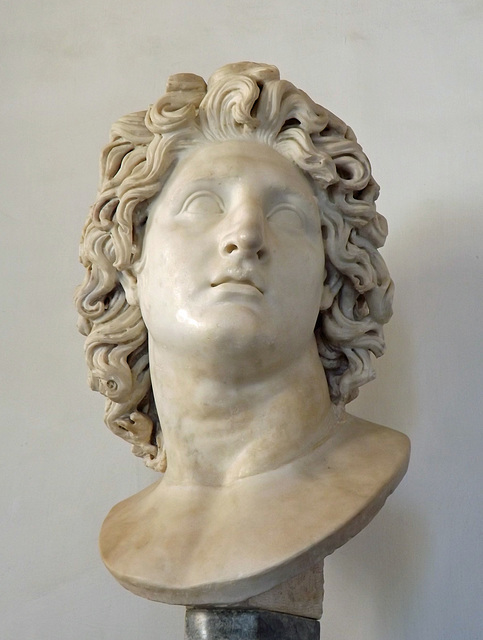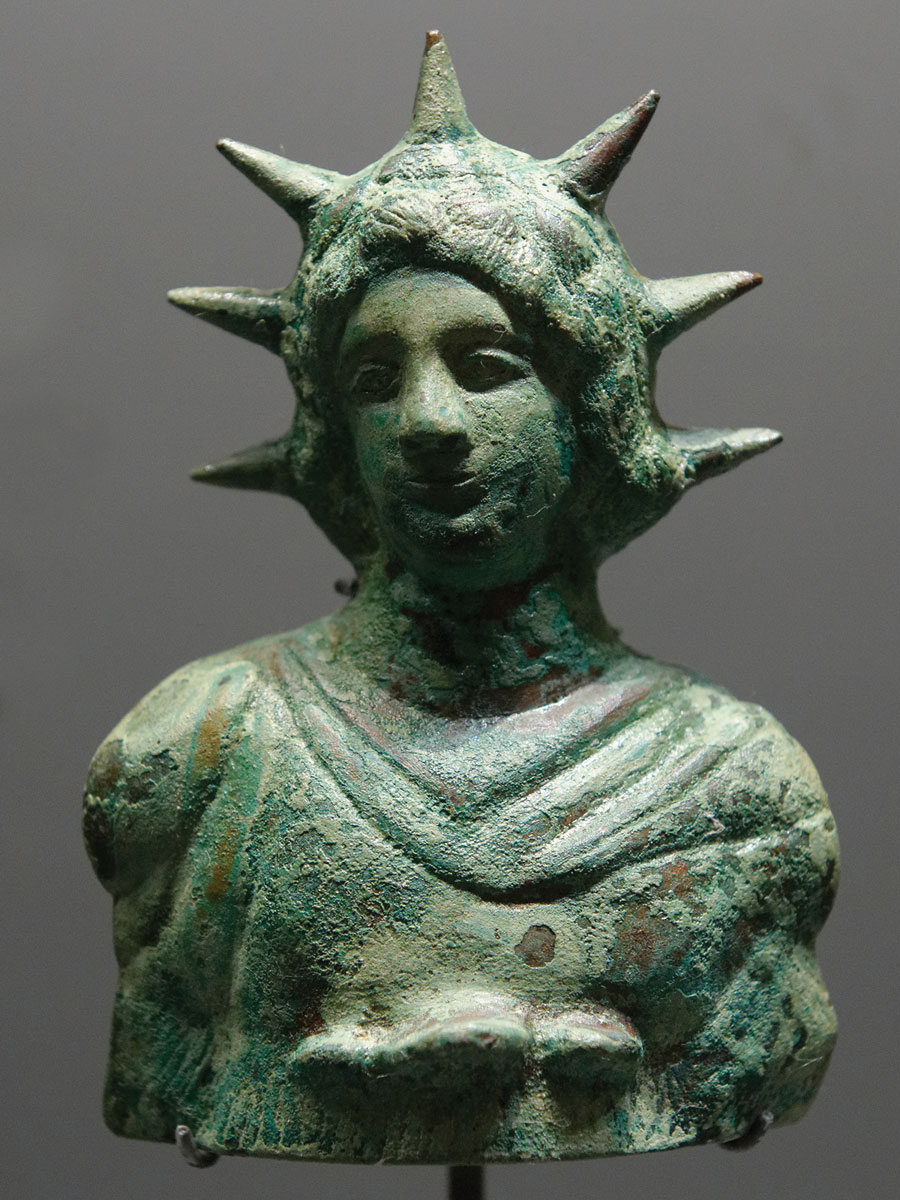

We are proud to offer this print in collaboration with Design Picsĭesign Pics offers Distinctively Different Imagery representing over 1,500 contributorsĪncient Ancient Civilization Ancient Civilizations Ancient World Archives Artwork Artwork And Paintings Boat Boats Civilization Civilizations Diety Digital Composite Digitally Generated Image Fine Art Gods Greece Greek Greek Mythology Historic And Vintage Horizon Over Land Huge Human Likeness Human Representation Illustrated Illustrations Incidental People Islands Male Likeness Male Representation Mythology Nautical Person Religion Religious Rhodes Roman Empire Sailboat Sailboats Standing Statue Statues Transportation Colossus Of Rhodes Dieties Helios Seven Wonders Of The Ancient World Sun God After a 19th century illustration by an unknown artist.

It was one of the Seven Wonders of the Ancient World. It was 33 meters or 108 feet high and collapsed during an earthquake in 226 BC. The statue of Helios, the Greek sun-god, was erected by Chares of Lindos in 280 BC. The wretched refuse of your teeming shore.Favorite The Colossus of Rhodes. Your huddled masses yearning to breathe free, “Keep, ancient lands, your storied pomp!” cries she The air-bridged harbor that twin cities frame. Glows world-wide welcome her mild eyes command Is the imprisoned lightning, and her name Here at our sea-washed, sunset gates shall stand With conquering limbs astride from land to land Perhaps the most famous reference to the Colossus of Rhodes is in the poem “The New Colossus” by Emma Lazarus, written in 1883 and inscribed on a plaque at the Statue of Liberty in New York City’s harbor: Besides, who has ever seen any of the ancient wonders of the world except for the Pyramids and last time I was there, they actually existed. Third, if we cannot imagine these ancient stories to be true, then what fun are they. I choose to believe that regardless of whether it lived up to the hype of being over 100 feet high or not, there was certainly something very impressive there and it was destroyed by the documented Earthquake in 226 BC. In my opinion, nobody can ever know for sure and the ancient people declared it a wonder of the ancient world based upon their travels and sightings. The statues are marked by antlered deer at the top of each statue.Ĭonflicting reports have surfaced over the past few decades as to whether or not it was even possible for the statue to have been erected in the spot everyone sees. It is marked by two statues straddling the harbor entrance as was alleged by ancient accounts. It makes you wonder whether the giant actually existed or not. Today, the alleged site of the Colossus is a major tourist destination and to me it is very cool. Pieces continued to turn up for sale for years, after being found along the old caravan route. The buyer had the statue broken down, and transported the bronze scrap on the backs of 900 camels to his home. In 654, an Arab force captured Rhodes, and according to the chronicler Theophanes the Confessor, the remains were sold to a traveling salesman from Odessa. The remains lay on the ground for over 800 years, and even broken, they were so impressive that many traveled to see them. Ptolemy III offered to pay for the reconstruction of the statue, but the oracle of Delphi made the Rhodians afraid that they had offended their God Helios, and they declined to rebuild it. The statue allegedly snapped at the knees and fell over on to the land. The statue stood for only 54 years until Rhodes was hit by an earthquake in 226 BC. Before its destruction, the Colossus of Rhodes stood over 30 meters high, making it the tallest statue of the ancient world. The Colossus of Rhodes was a huge statue of the Greek God Helios, erected on the Greek island of Rhodes by Chares of Lindos between 292 and 280 BC.


 0 kommentar(er)
0 kommentar(er)
